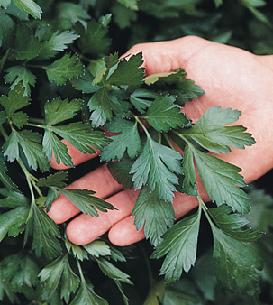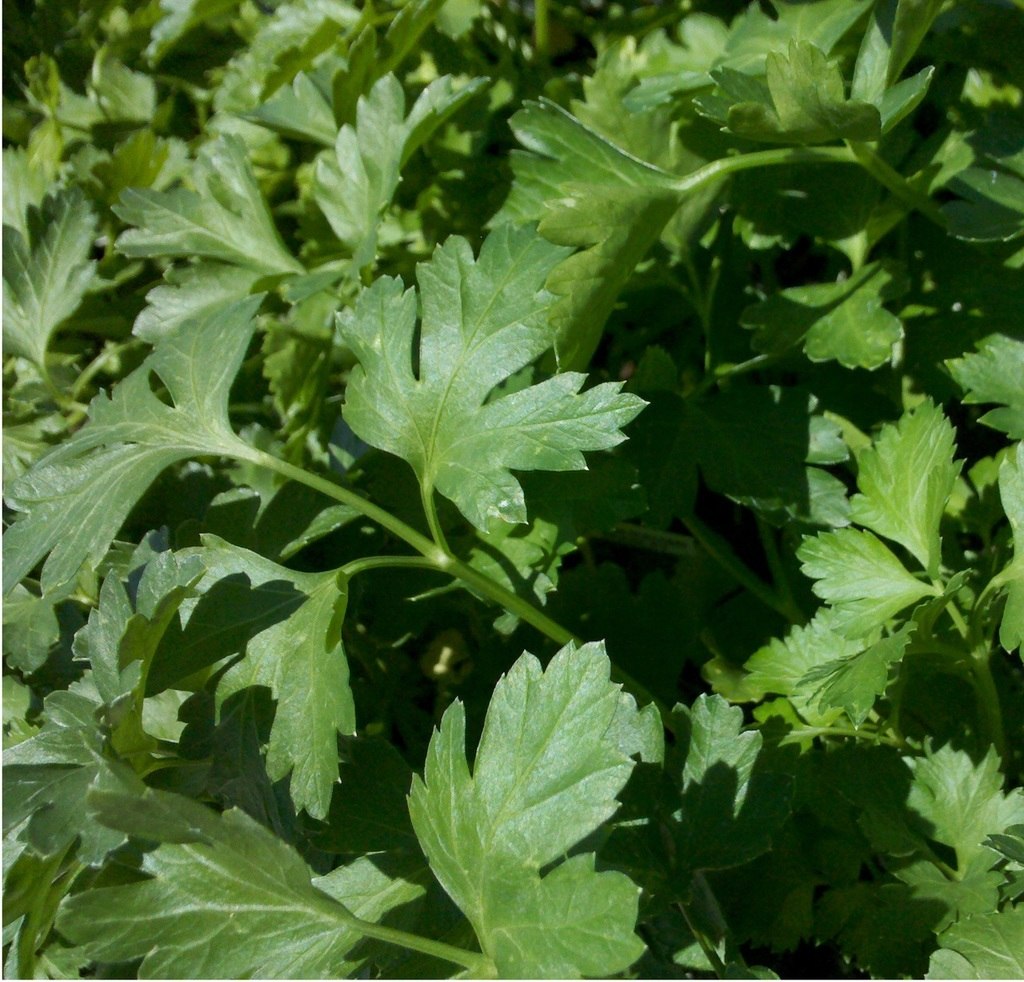Parsley Seeds
Useful gardening information
It has long been considered a valuable herb and we now know it to be rich in iron and carotene. It need not be confined to herb gardens either, for in the flower garden its foliage provides a pleasant back-ground, particularly to spring bulbs.
It has, however, a reputation for being fickle, sometimes doing well and sometimes failing miserably. More often than not, the problems are due to slow germination, poor soil and over-crowding. Basically, parsley needs warmth for germination, a rich, deeply dug soil and plenty of room. When these conditions are satisfied, the plants will develop into dark green domes that are a joy to see and to pick.
Parsley, is naturally slow germinating, and along with carrots and celery, parsley can suffer from having seeds with underdeveloped embryos. This means that once sown these seeds still need time to develop and mature before they can germinate. Whilst in this immature state they are susceptible to soil pests and diseases and this is often the reason why germination is slow and patchy. Early sowings often also fail because the soil temperature is too low for rapid germination and development. Germination
Parsley will germinate at temperatures from 40-90°F. The optimum temperature is 80°F with a drop during the night to 68°F, and at lower temperatures germination will take correspondingly longer. A suitable compromise particularly for early sowings, is to sow in containers at room temperature, when germination usually takes around 7 days, and transplant later on into the garden. An alternative is fluid sowing where pre-germinated seedlings are piped along the drill in an inert gel. Research has shown that this method results in better and earlier emergence.
It is usually only necessary to make two sowings, one in spring and one in the summer.
The latter crop to provide continuity of supply through the winter, and into the following spring. If you are sowing indoors it can be done as early as February for planting outside in April. Outdoors, sow in drills 1/2 to 3/4 inch deep, in rows 12 inches apart. During dry weather water the bed well before sowing and if you have persistent problems with parsley, try mixing damp peat with the seeds before sowing. Watering the drill before sowing with a kettleful of boiling water has also proved helpful, perhaps because it acts as a soil sterilant to keep disease and weeds away during the long germination period.
After germination, perhaps the most important thing is to give the plants enough room, so thin out before the seedlings begin to crowd and leave each plant finally with 12 inches of space. Light picking can commence 85-90 days from sowing and from then on should be carried out regularly along the full length of the row. This will ensure a constant supply of fresh leaves. You can dry what you do not use or even put it on the compost heap, but if you stop picking, the foliage will go coarse.
Informative articles found on the web:
Parsley 101
Parsley Recipes

Huge, dark-green leaves with great flavor. Strong, upright stems make Giant of Italy one of the best parsleys for fresh market sales. Very high yielding. Grows about 18-20" tall. 75 days.


